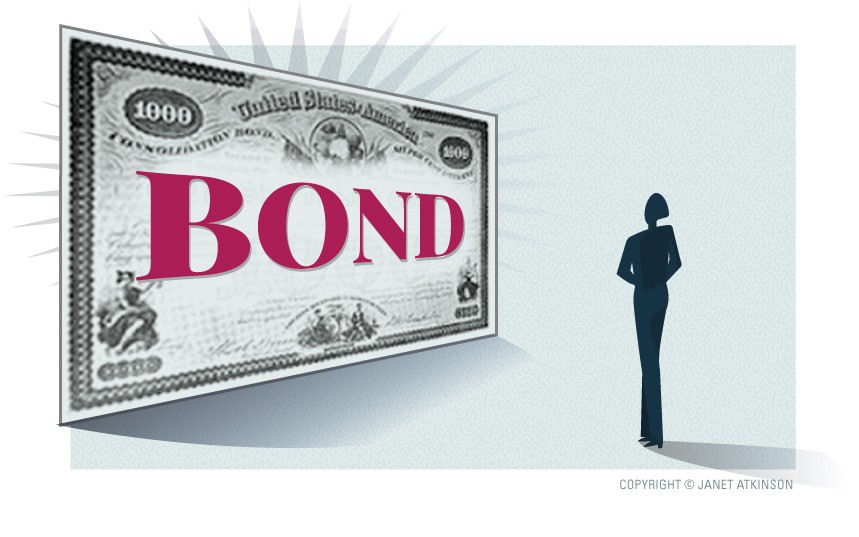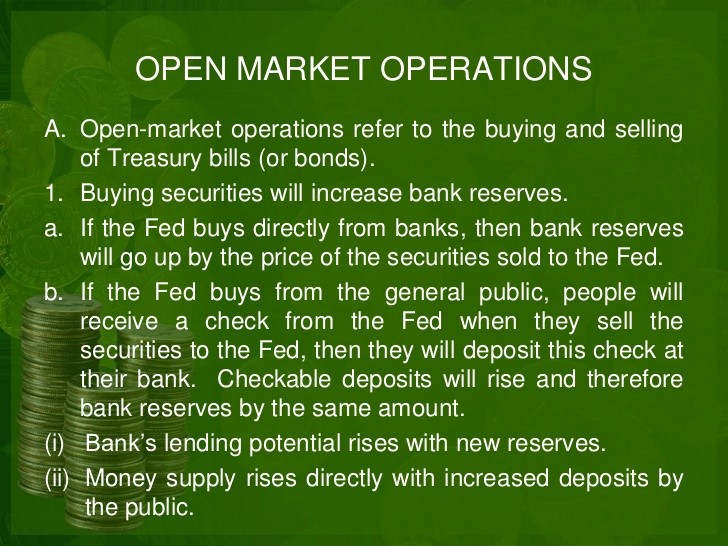Buying bonds_1
Post on: 21 Апрель, 2015 No Comment

How and where to invest wisely
Tax-equivalent yield converter
If you’ve stuck with the lesson to this point, you are probably interested in knowing more about how to purchase bonds. Here are the main ways:
Directly from the Feds
U.S. Treasurys are sold by the federal government at regularly scheduled auctions. You can buy them through a bank or broker for a fee, but why pay for something you can get for nothing? The easiest and cheapest way to participate in this market is to buy them directly from the Treasury. You can check out the Treasury Direct program on the Web or by calling 800-722-2678. You also can sell bonds you already own before maturity through the Treasury’s newer Sell Direct program.
Through a broker
With the exception of Treasurys, buying individual bonds isn’t for the faint of heart. Most new bonds are issued through an investment bank, or underwriter, rather than directly to the public. The issuer swallows the sales commission, so you get the same price big investors pay.
That’s why, when buying individual bonds, you should buy new issues directly from the underwriter whenever possible — since you’re getting them at wholesale.
Older bonds are another matter. They are traded through brokers on the secondary market, usually over the counter rather than on an exchange, such as the New York Stock Exchange. Here, transaction costs can be much higher than with stocks because spreads — the difference between what a dealer paid for a bond and what he’ll sell it for — tend to be wider.
You will seldom know what spread you paid, unfortunately, because the markup is set by the dealer and built into the price of the bond. There is no fixed commission schedule. One ray of sunshine: In early 2002 the Bond Market Association began posting some muni bond prices on its Web site. Alas, the prices include dealer markups because dealers protested listing commissions separately.
If you do plan to invest in individual bonds, you should probably have enough money to invest — say $25,000 to $50,000 at a minimum — to achieve some degree of diversification, as we’ll explain below. (If you have less, consider bond funds, also described below.)
Exactly how you invest depends largely on your objective:
- If your objective is to achieve capital gains, concentrate on long-term issues. Reason: as noted in Sizing up risks, the longer the term of a bond, the more pronounced are its price swings when interest rates move. That works to your advantage if interest rates fall. Your long-term bonds — especially zero-coupon bonds — will suddenly be worth a lot more. Of course, it works to your distinct disadvantage if interest rates rise; your portfolio drops in value. This kind of bond investing is essentially a bet that interest rates will fall, and its subject to all the same risks — including that of substantial losses — as any other market-timing strategy.
- If your objective is a steady, secure stream of income, adopt a more conservative approach. Specifically:
Stick to shorter terms. Bonds with maturities of one to 10 years are sufficient for most long-term investors. They yield more than shorter-term bonds, and are less volatile than longer-term issues.

Spread your money around. Invest in a variety of bonds with different maturities, either by buying a bond fund or buying a half-dozen or more individual bonds.
Build a laddered portfolio. Each rung of your ladder consists of a different maturity bond, from one year right on up to 10 years. When the one-year bond matures, you reinvest the money in a new, 10-year issue. In this way, you always have more money to reinvest every year, and you are somewhat protected from interest rate shifts because you have locked in a range of yields.
Through a mutual fund
It can make sense to buy individual bonds if you own a lot of them and hold them to maturity, but most people are better off buying bonds through mutual funds. The biggest reason is diversification. Because bonds are sold in large units, you might only be able to purchase one or a handful of bonds on your own, but as a bond fund holder you’ll own stakes in dozens, perhaps hundreds, of bonds.
You will also get the benefit of professional research and money management. Another advantage: Dividends are paid monthly, versus only semiannually for individual bonds, and can be reinvested automatically. Lastly, bond funds are more liquid than individual bond issues.
The biggest drawback to bond funds — and it’s a whopper — is that they don’t have a fixed maturity, so that neither your principal nor your income is guaranteed. Fund managers are constantly buying and selling bonds in their portfolios to maximize their interest income and capital gains. That means your interest payments will vary, as will the fund’s share price.
For this reason, don’t choose a fund based only on its yield. Look at its total return, which combines the income the fund paid out with any change in the value of the fund’s shares. Also, look for a fund with low expenses. (see also: Different types of bond funds and Guidelines for choosing bond funds.)
Because bond funds with similar investment objectives tend to hold similar types of securities, which perform similarly, there are only two ways a fund manager can goose the yield: cut expenses or take on more risk. If a fund’s yield is more than 1 percentage point higher than the average for its peers and the difference can’t be explained by lower fees, the manager is probably dabbling in exotica.














